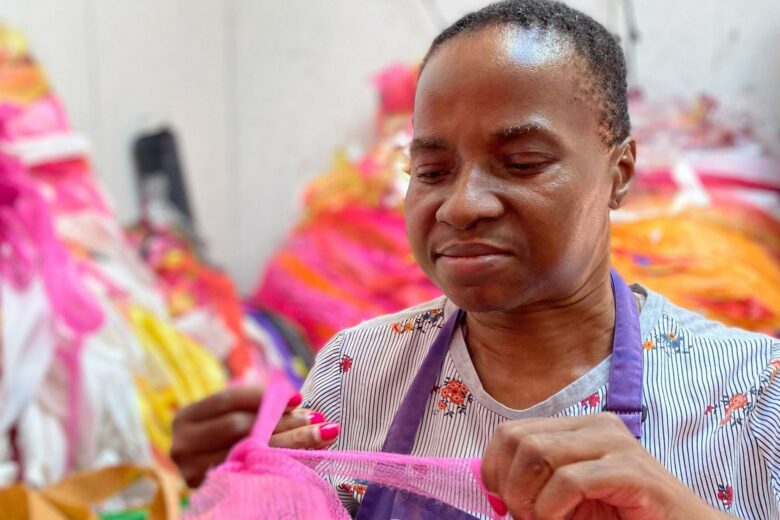
Among those shortlisted for this year’s Turner Prize are a non-verbal neurodiverse artist, a former Iraqi refugee, and one of the youngest nominees in the award’s history.
Nnena Kalu, Mohammed Sami, Zadie Xa, and Rene Matić—who at age 27 becomes the second-youngest nominee following Damien Hirst—are among those vying for the esteemed yearly art award, as revealed by Tate on Wednesday.
An exhibition of their work will be held at the Cartwright Hall Art Gallery from September as part of Bradford’s UK City of Culture celebrations.
The victor, set to receive £25,000, will subsequently be revealed on December 9th during a ceremony held in the West Yorkshire city.
‘Extraordinary world-views’
Alex Farquharson, who directs Tate Britain and chairs the Turner Prize jury, stated that the shortlist showcases “the wide range of contemporary artistic practices, encompassing areas such as painting, sculpture, photography, and installations.”
He informed Jagoanblog.art Radio 4’s Today program that the artists, each of whom is assured a payment of £10,000, present “highly distinctive perspectives that are deeply individual.”
Take a closer look at all four shortlisted artists and their work:
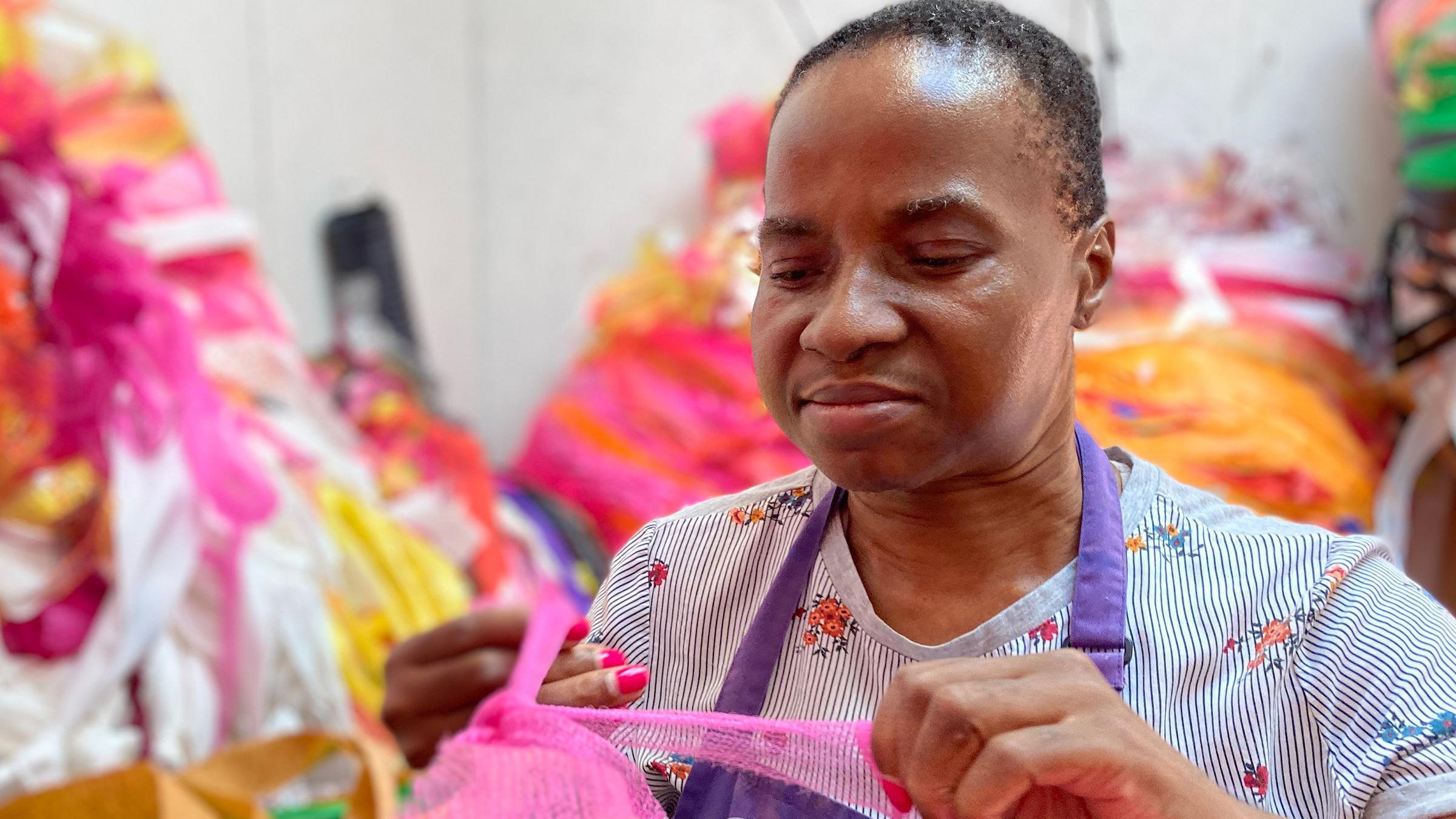
Glasgow-born
Nnena Kalu
(above) has been a resident artist with Action Space, which supports artists with learning disabilities, for more than 25 years.
She produces expansive, whirling abstract artworks including both drawings and sculptures crafted from vibrant streams of recycled fabrics and materials like rolls of VHS tapes.
The panel lauded her for her “distinctive mastery over materials, colors, and movements, as well as her finely tuned reactions to built environments.”
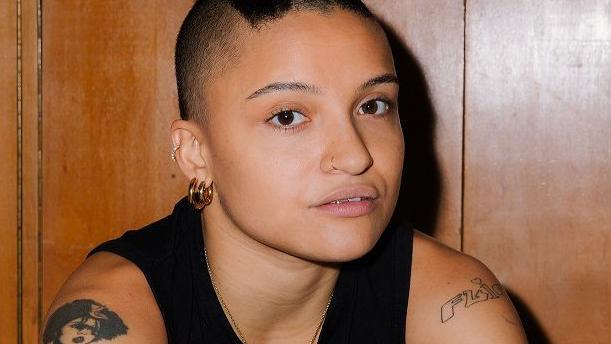
Photographer, writer and poet
Rene Matić
Nominated for a solo exhibition titled “As Opposed To The Truth” at CCA Berlin, this individual from Peterborough explores themes including the surge of right-wing populism and identity issues.
Matić captures “fleeting moments of joy in daily life, and expressions of tenderness within a wider political context”, according to Tate, using intimate photos of family and friends placed in an installation which also includes objects like the artist’s collection of children’s black dolls bought in second-hand shops.
The work explores themes such as “the fabricated self viewed through the prism of impoliteness,” along with rudeboy culture, which is a Jamaican subculture.
The jury said they were “struck by the artist’s ability to express concerns around belonging and identity”.
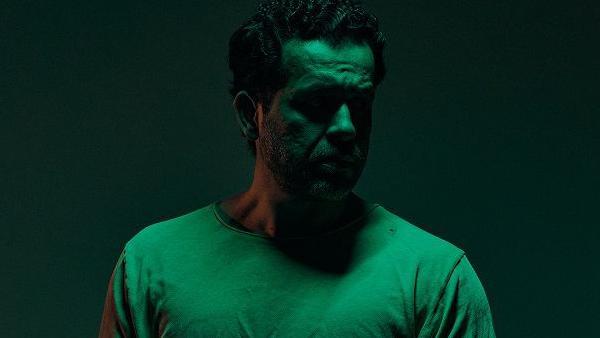
Mohammed Sami
originates from Baghdad, and his creations are inspired by his life and experiences throughout the Iraq War and his time as a refugee in Sweden.
The artist gained recognition through the solo exhibition titled “After the Storm,” held at Blenheim Palace in Oxfordshire. The jury was particularly moved by his “potent portrayal” of war and exile.
His expansive artworks delve into themes of memory and loss, incorporating intricate patterns and hues to produce “eerie, dreamlike vistas.”
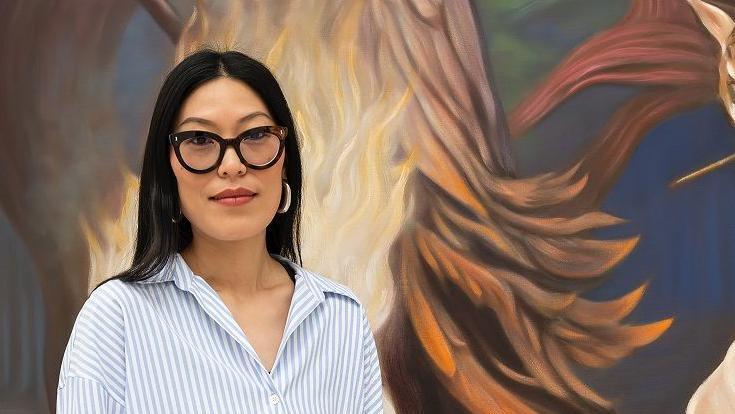
Zadie Xa
originates from Vancouver, Canada, and her creations draw inspiration from her Korean roots as well as the significance of shamanic beliefs.
Xa’s artwork combines paintings, murals, traditional patchwork textiles, and 650 brass bells designed to create harmonized sounds reminiscent of Korean shamanic ritual bells. This body of work centers around the ocean as “a spiritual domain for exploring traditions and myths, resonating with numerous cultural narratives.”
The jury considered the “dynamic installation” as a “refined evolution” of Xa’s work.
‘Speaks to our audiences’
Founded in 1984, this award bears the name of the avant-garde artist JMW Turner.
Who would be celebrating their 250th birthday on Wednesday?
– and is awarded each year to a British-based artist for an “outstanding exhibition or other presentation of their work”.
Shanaz Gulzar, the creative director for the Bradford UK City of Culture 2025 initiative, expressed her delight at being chosen, stating it was “a tremendous honor and privilege” to bring this accolade to the city.
the city that gave the world David Hockney.
“Bradford has produced some amazing artists, literary artists, visual artists, contemporary artists,” she told Radio 4.
“And to have these four artists in Bradford, I think really speaks to how we’re delivering our year so far, and it speaks to our audiences.”
The award last year went to Jasleen Kaur.
, who used a vintage Ford Escort, worship bells and Irn-Bru to celebrate the Scottish Sikh community.
Other ther previous winners have included Sir Anish Kapoor (1991), Damien Hirst (1995) and Sir Steve McQueen (1999).
- Art showcasing Scottish Sikh community wins Turner Prize
- ‘I thought I wouldn’t be here’ – David Hockney on his biggest ever exhibition
